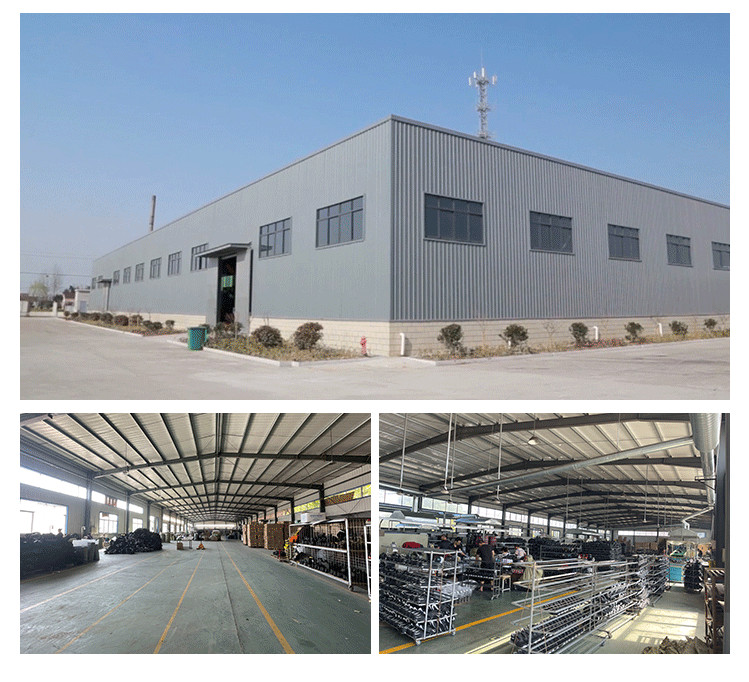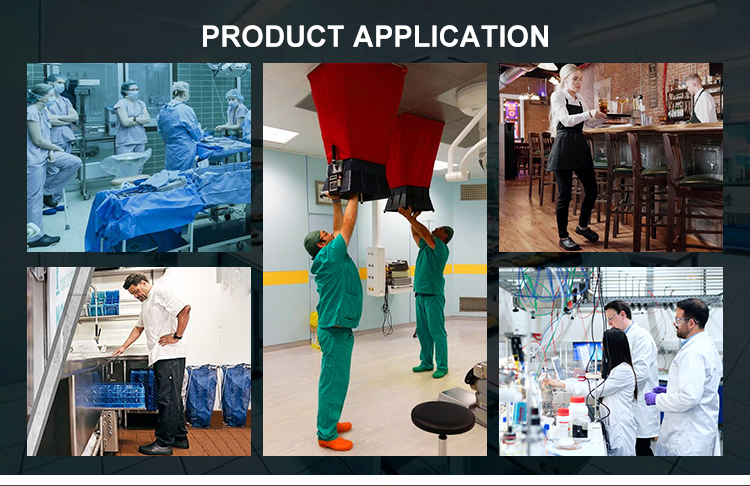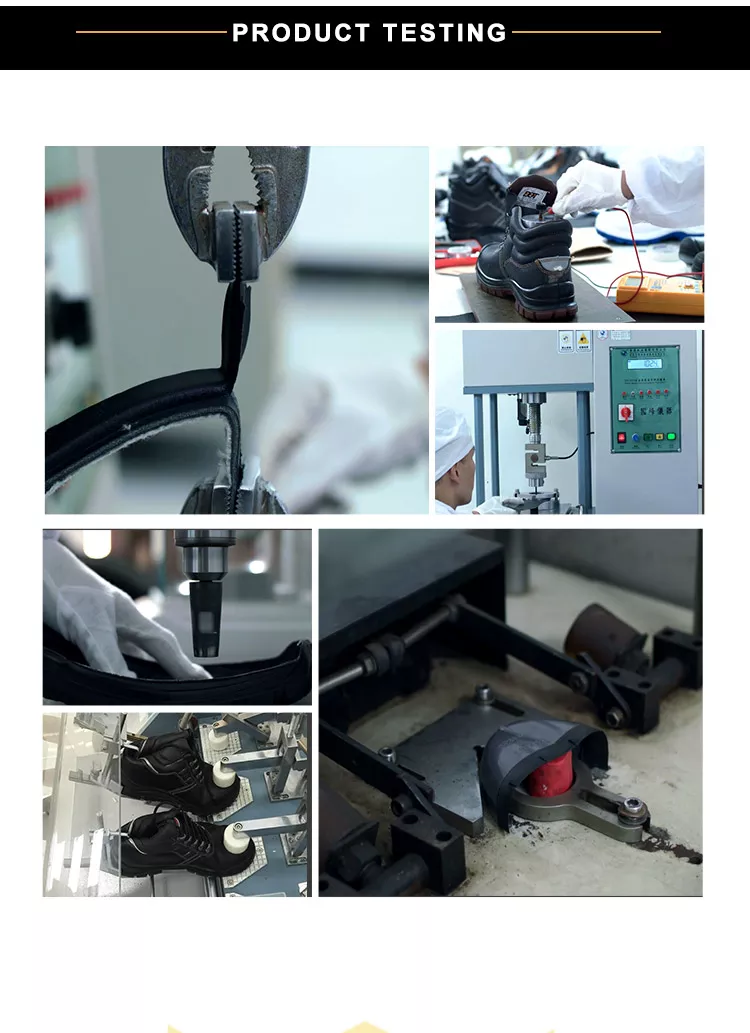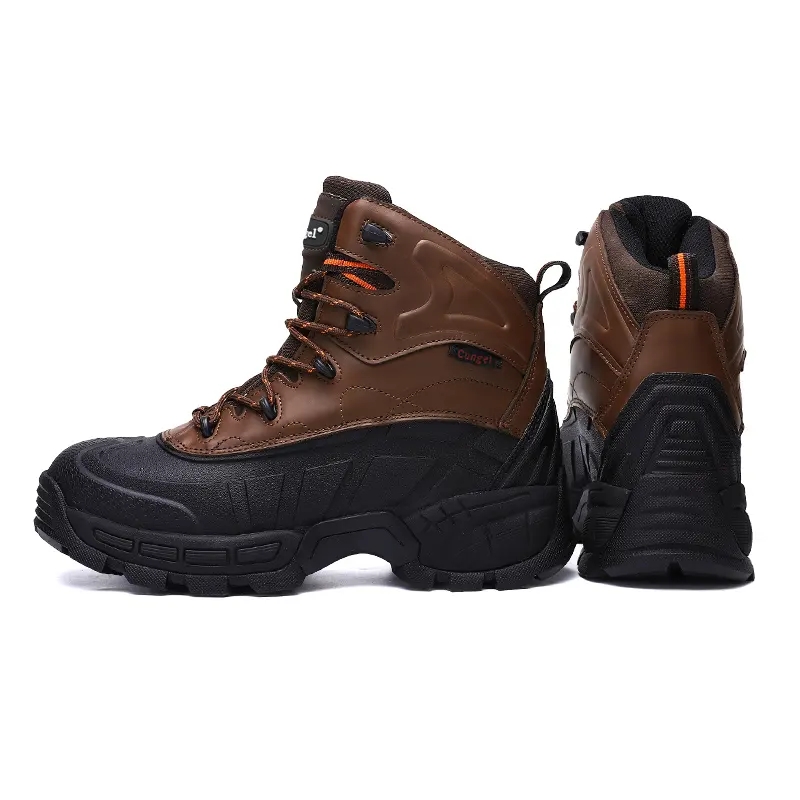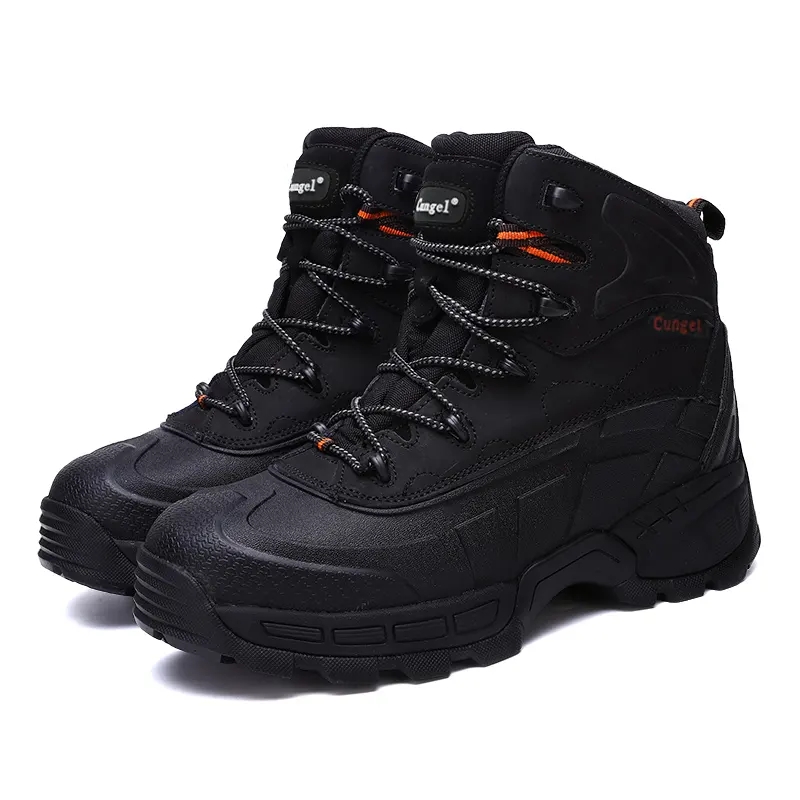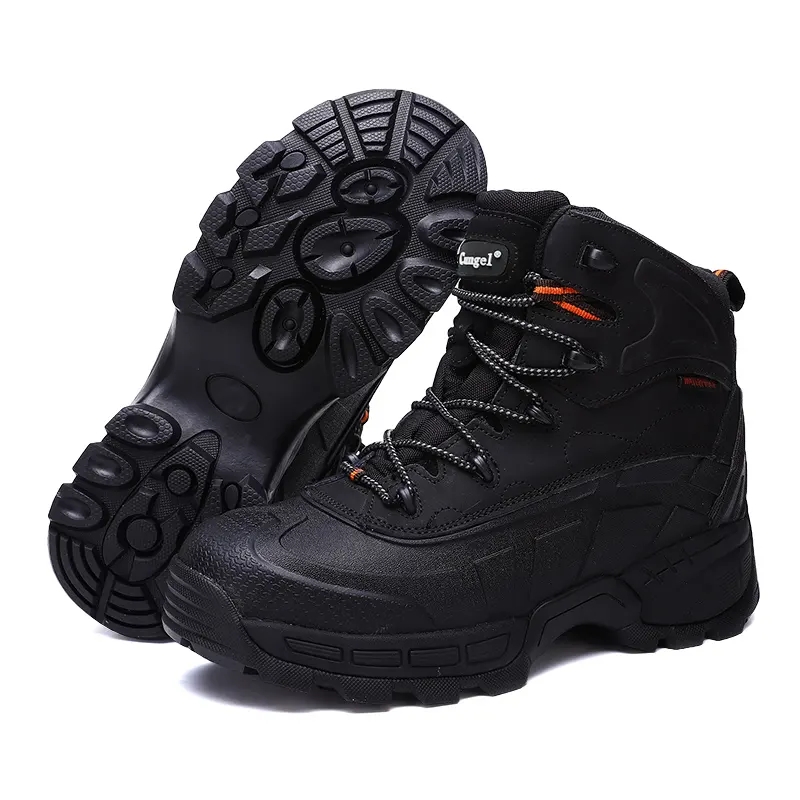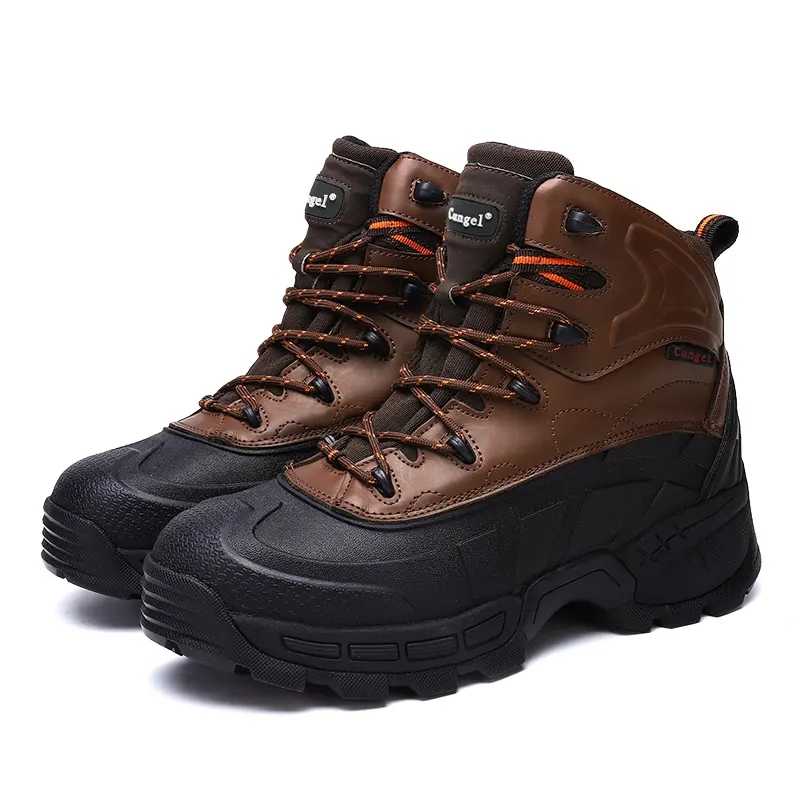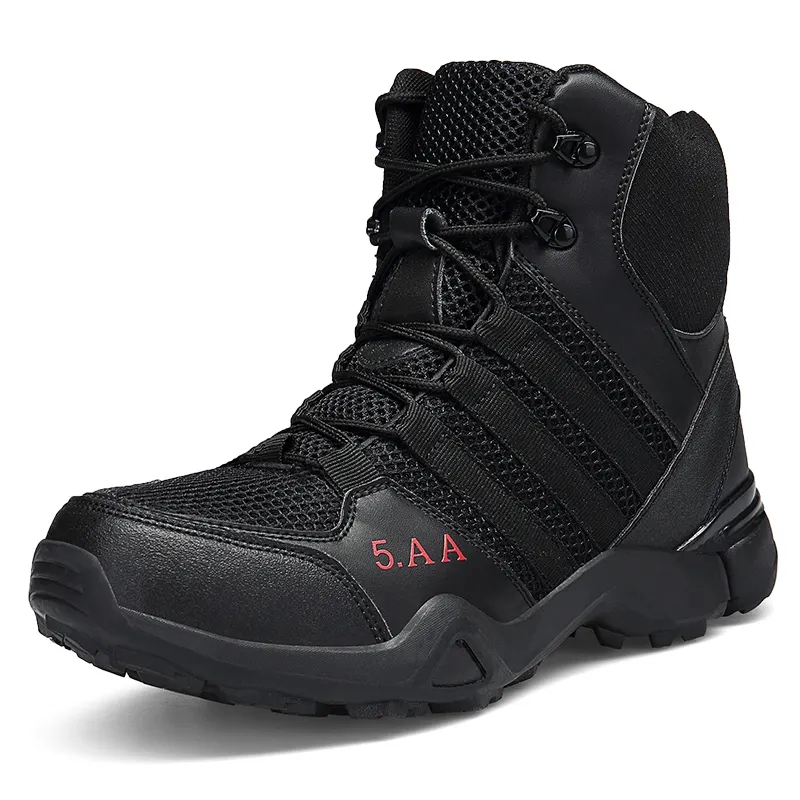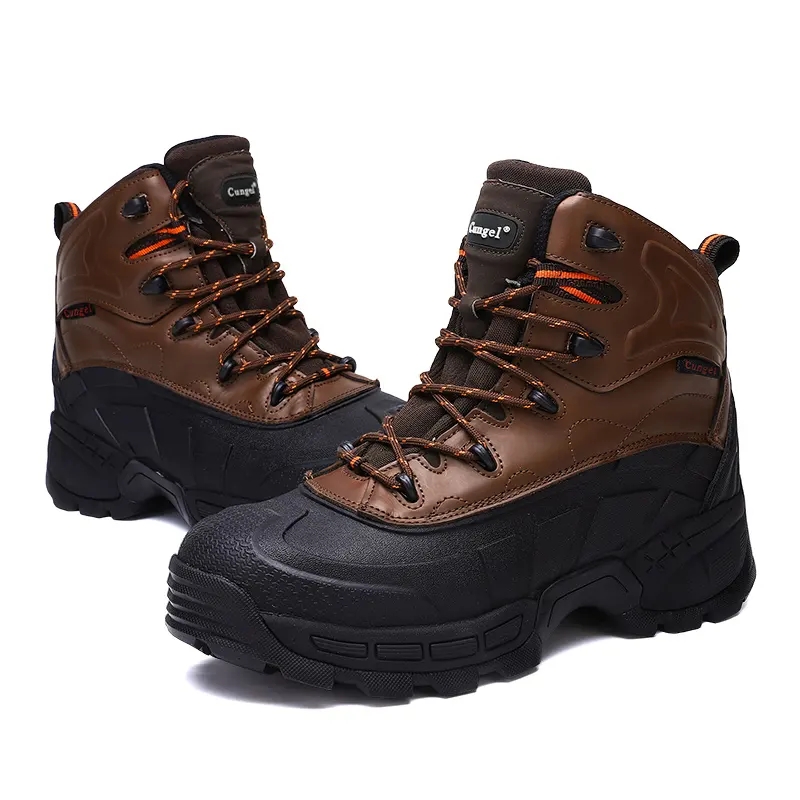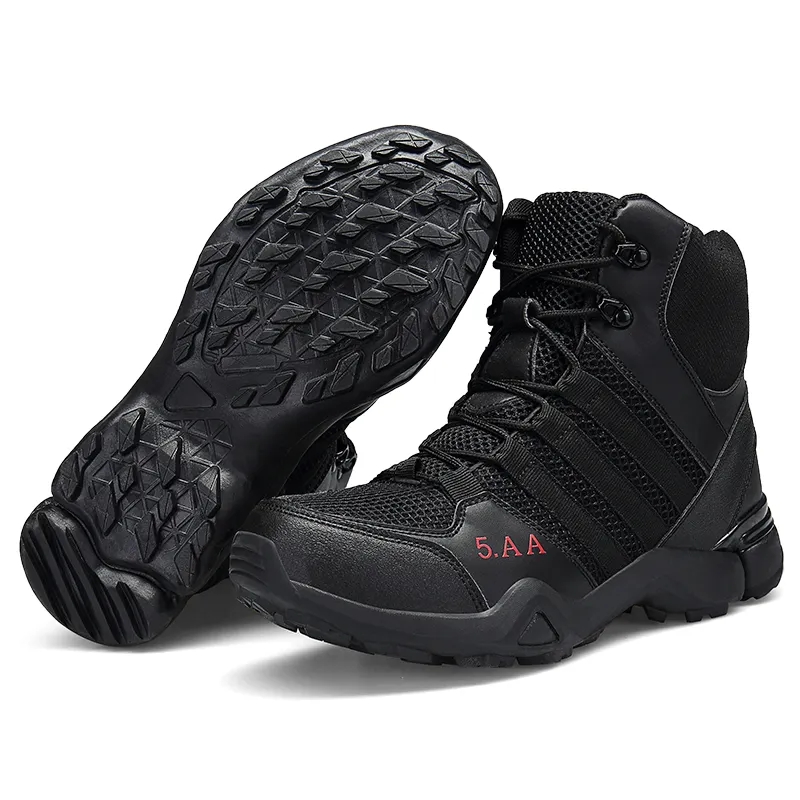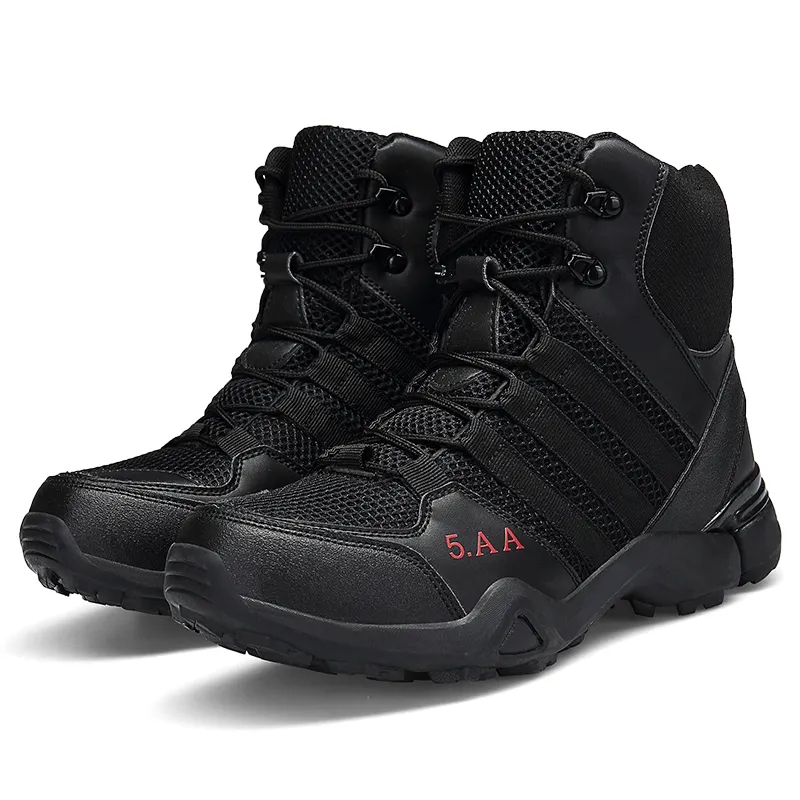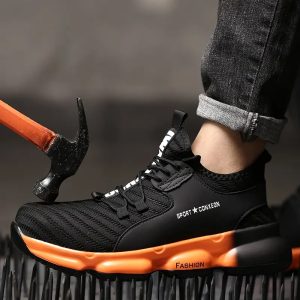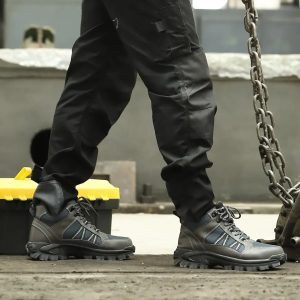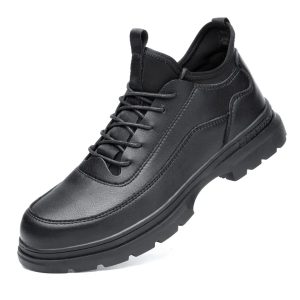“Safety Work Shoes: Your Essential Guide to Protection and Comfort”
Introduction Safety work shoes are the unsung heroes of the workplace, offering protection and comfort for those facing daily hazards in various industries. In this comprehensive guide, we’ll explore the world of safety work shoes, covering their types, key features, and the compelling reasons why they are vital for ensuring workplace well-being.
Section 1: Exploring Safety Work Shoes
1.1 What Are Safety Work Shoes? Safety work shoes, also known as safety footwear, are meticulously designed to shield the feet from a wide range of workplace hazards. They come equipped with various safety features and are indispensable for professionals in industries such as construction, manufacturing, and heavy machinery operation.
1.2 Types of Safety Work Shoes:
Steel Toe Boots: Guard against impact and compression.
Composite Toe Boots: Lightweight, non-metallic alternatives to steel toes.
Electrical Hazard (EH) Boots: Provide insulation against electrical shocks.
Slip-Resistant Shoes: Prevent slips and falls, especially on slippery surfaces.
Puncture-Resistant Boots: Shield against sharp objects.
Metatarsal Guard Boots: Offer protection for the metatarsal bones.
Chemical-Resistant Boots: Safeguard against hazardous substances.
Insulated Boots: Keep feet warm in frigid conditions.
Section 2: Features and Benefits
2.1 Safety Features:
Steel or Composite Toes: Protection against crushing injuries.
Slip-Resistant Outsoles: Reduced risk of slips and falls.
Electrical Hazard Protection: Insulation from electrical shocks.
Puncture-Resistant Soles: Guard against sharp objects.
Metatarsal Guards: Extra protection for the metatarsal bones.
Waterproof and Chemical Resistance: Defense against liquids and chemicals.
Insulation: Comfort in cold environments.
Breathable Materials: Enhanced comfort for extended wear.
2.2 Benefits: Safety work shoes offer a plethora of benefits, including:
Minimizing workplace injuries.
Reducing fatigue during long shifts.
Enhancing overall productivity.
Ensuring compliance with safety regulations.
Avoiding potential legal and financial repercussions.
Section 3: Choosing the Perfect Safety Work Shoes
3.1 Understand Your Work Environment: Select safety work shoes that align with the specific hazards in your workplace. An understanding of your environment is crucial for making the right choice.
3.2 Prioritize Fit and Comfort: Comfortable and well-fitting safety shoes are essential for preventing discomfort and foot problems during long work hours.
3.3 Compliance with Safety Standards: Choose safety work shoes that adhere to industry-specific safety standards and regulations, such as those set by ASTM and OSHA.
Section 4: Maintenance and Care
4.1 Regular Inspection: Regularly inspect and clean your safety work shoes to identify any damage and ensure they remain effective in protecting your feet.
4.2 Replacement: Replace your safety footwear when you notice signs of wear and tear or when they no longer provide the necessary protection.
Section 5: Conclusion
In conclusion, safety work shoes are an indispensable part of maintaining workplace safety and ensuring comfort for those who face potential hazards daily. Choosing the right safety work shoes is an investment in your safety and overall well-being.
High-quality safety footwear not only protects your feet but also improves your productivity. Be mindful of the specific hazards in your workplace, choose the appropriate type of safety work shoes, and prioritize comfort and fit for a safer, more productive work experience.
By prioritizing safety and comfort, you are not only investing in your immediate well-being but also securing a safer and more efficient future in your workplace. Stay safe and productive with the right safety work shoes.
